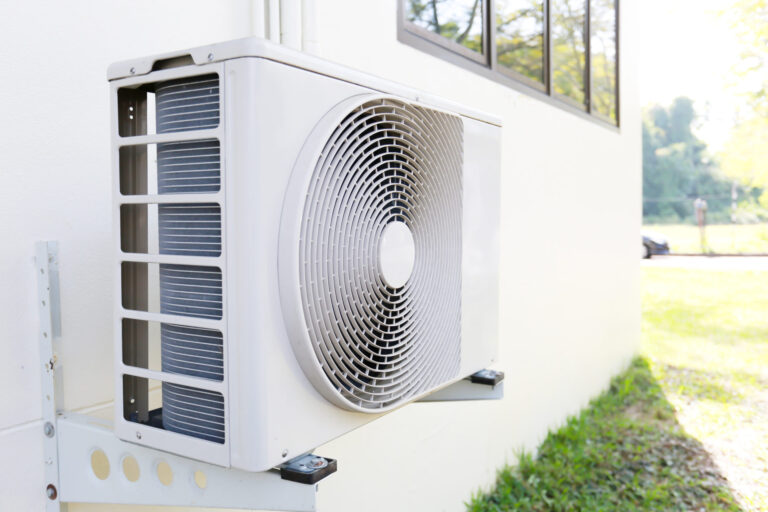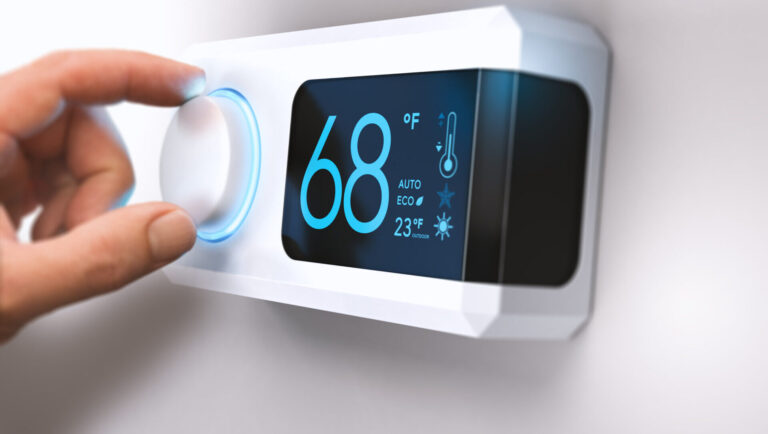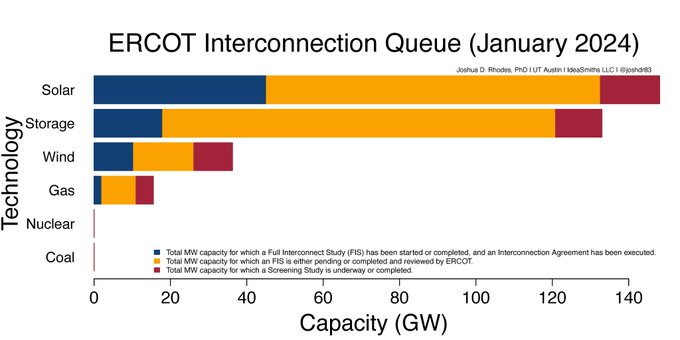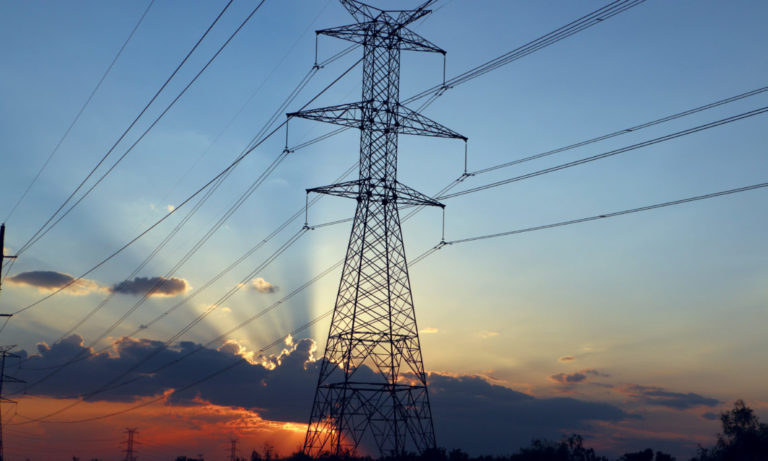November 8, 2023
For the last 20 years, I’ve been the tech support guy for my friends and family. iPhone locked? Photos not syncing? I’m their guy.
Now that EVs are on everyone’s mind, I have a new specialty.
So I thought I’d share some EV buying thoughts I’ve developed over my time with Pecan Street and several years with a fully electric car and a plug-in hybrid. I’ve been thinking about this a lot lately, as my wife and I will be trading in our 2021 Mustang Mach-E early next year.
Trading It In, Already?
Let’s start here so you don’t think there’s a problem with the Mustang. We purchased one of the first Mach-Es to arrive in Austin and wanted to limit our expenses since it was the first model year. We “purchased” it with a 3-year balloon: nothing down, payments comparable to a lease, then a big balance in year 4. The car’s worth more than we owe, so we will turn it in and lease the next one. More on leases later.
Now, Back to Our EV Experience
We love it. The Mustang is incredibly quick and capable. We’ve been spoiled with very capable cars in the past – great pickup, great reliability, great safety, etc. We didn’t want to sacrifice any of that with an EV, and we didn’t. We have no regrets about going all-electric or choosing the Mustang.
We’re paying about half the cost per mile to charge our Mustang ($0.04) as we would pay to fuel a Prius ($.07) with premium gas. The difference is even greater for less-fuel-efficient cars: Camry or Santa Fe ($.012); BMW X3 ($0.15). To calculate the charging costs, I used Austin Energy’s highest-cost tier and included the adders we pay to be on 100% green energy. So, that $0.04 would be lower for some Austin customers and near or below $0 for homes with solar panels.
Charge Time and Equipment
We have a Level 2 ChargePoint charger in our garage. We got a federal tax credit for 30% of the cost of the charger and installation, and Austin Energy offered a 50% rebate. So, our $2,000 “parts and labor” investment ended up costing us $400 in the end. This pay-now, rebate-later system is a real obstacle for lower-income families who can’t wait months for the payout, but many of the rebates and credits will occur faster under the Inflation Reduction Act.
At home, our Mustang takes about 8 hours to charge fully from empty. But we rarely do that. We usually plug it in at 20% and keep it between 20% and 80%. The final 20% charges the slowest.
Finally, we’re on Austin Energy’s “budget billing,” which averages our historical usage and gives us a predictable amount to pay each month. That helps with brutal summers, but it also evens out months when we charge the cars a lot.
EV Buying Tips
You may have heard the EV market is in flux right now. Everyone’s cutting prices. New rebate rules will kick in come January. Some models are switching charging adapters. All of this can add up to a lot of confusion for people just starting to think about going electric.
First, do a quick check of your home’s electric service. My Pecan Street colleagues have been doing a lot of work on home electrification trends, and some older houses will need electric panel upgrades to add large new loads like EVs or induction cooktops. The simplest route is to ask an electrician if your home can handle a dedicated 30, 40 or 50 amp circuit. Most electricians will provide a free consultation visit.
Decide between all-electric and plug-in hybrid. For many, many drivers, some plug-in hybrids will allow nearly all-electric driving for 90% of trips. My X3 hybrid provides about 20 miles of all-electric driving. Good, but not great. My neighbor’s Accord provides 50 miles. He told me recently he bought one tank of gas last year. Though you don’t NEED one for a plug-in hybrid, a Level 2 home charger will make daily charging much simpler.
Take into account your brand preference. I’m a brand loyalist. Until recently, that was a problem with EVs because the choices were few. But now, nearly every company has a good electric option. If you love Ford, Tesla, Hyundai, Kia, or VW…you now have lots of options.
Research your rebates and discounts. CleanTechnica has a great roundup of federal changes for 2024. Federal rebates now have more restrictions than in years past: income, where the car’s components come from, etc. But there are great changes, too. For example, in 2024, you’ll be able to realize the federal rebate at the dealer instead of as a credit on your tax return. Same for used EVs. That means up to $7,500 off the amount you finance for a new car. Also in 2024, dealers will be able to “pass on” the rebate at the dealership if you lease, even if you exceed the income limit. Some manufacturers are already offering discounts that equal what these rebate pass-throughs would be in 2024. Texas just opened up its $2,500 rebate for EVs; with the federal rebate, that could cut 20% off the cost of a Mustang. Other states and utilities have their own incentives and rebates.
Shop savvy. Shop around and haggle, just like you did with your gasoline cars. A lot of EV buyers want what they want when they want it. I’m guilty of that. But EV inventory is high right now, and dealers are competing against each other to move units. I’ve been emailing three dealers in Austin for their best deals on Mustangs. If they can’t deliver, I’ll go to Houston. I couldn’t do that three years ago when electric Mustangs were rare.
All things considered, it’s a great time to go electric. We finally have broad choices and the kind of buyer leverage gasoline car buyers have had for years.


















